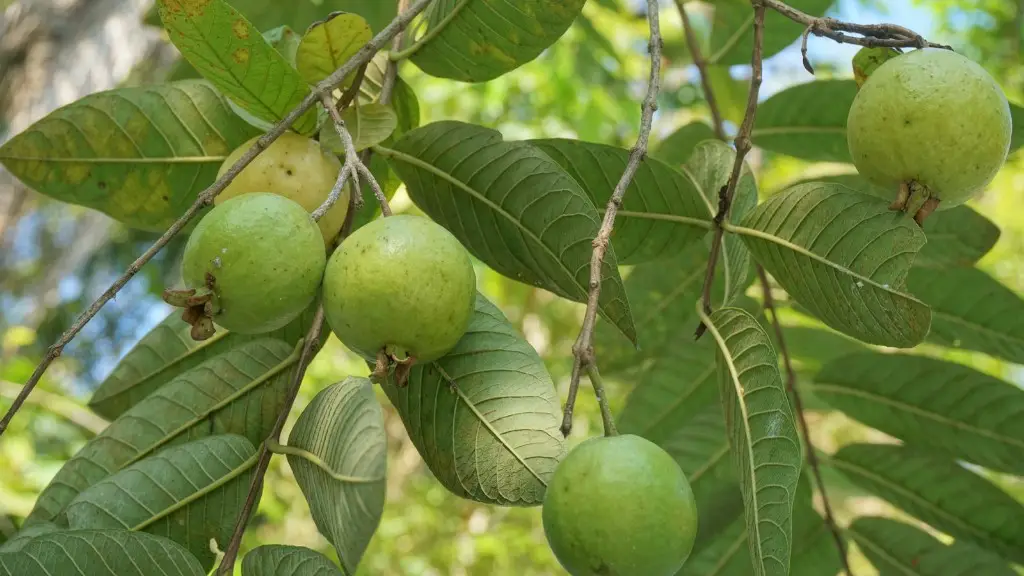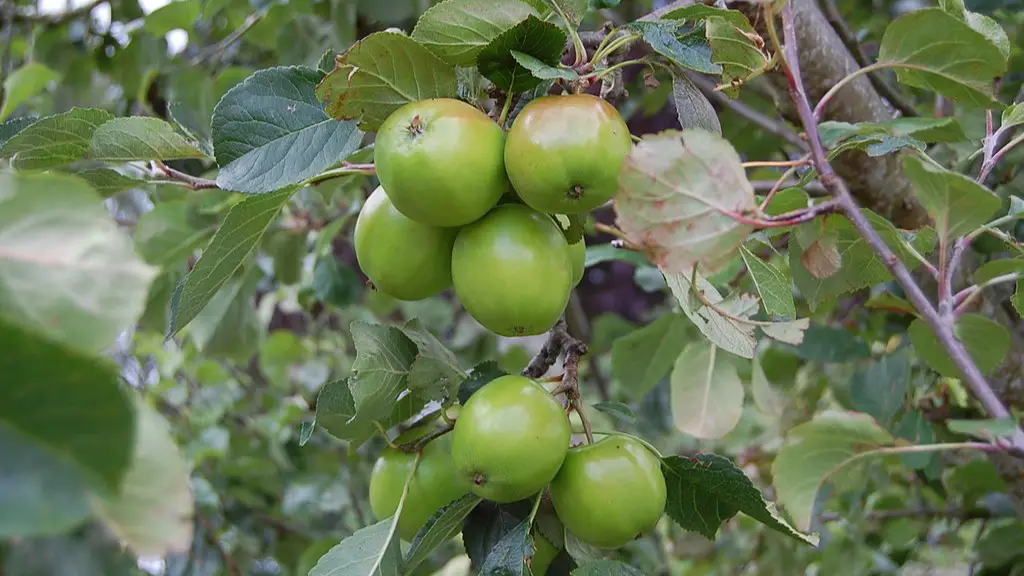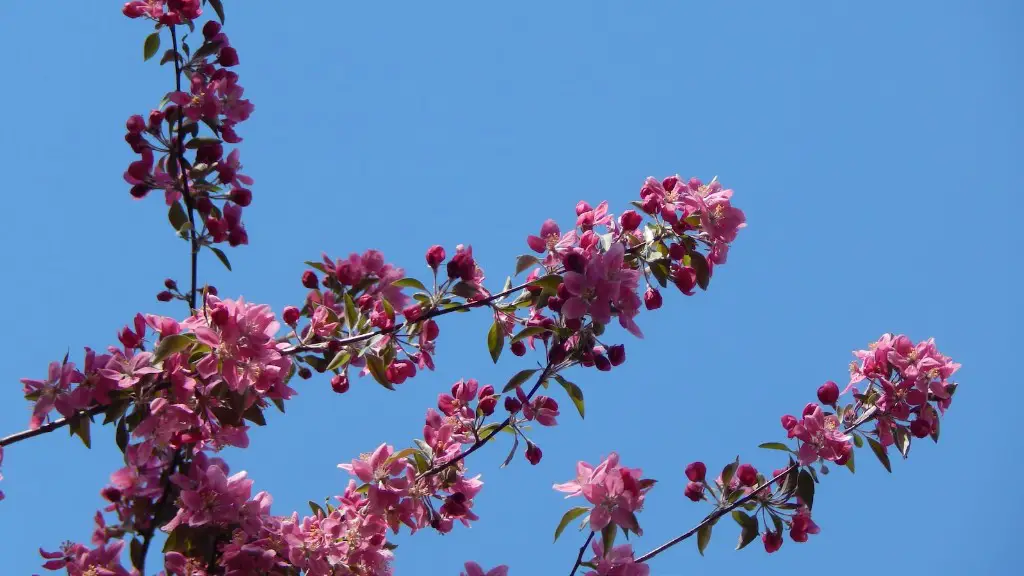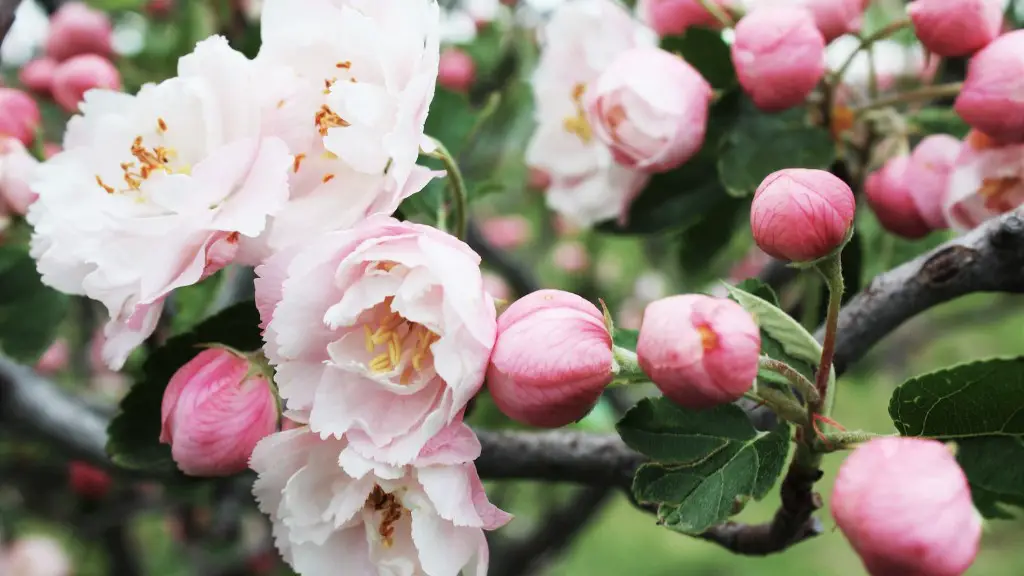Climate Population
Avocado trees have extremely specific environmental and climatic requirements for successful crop growth. Avocado trees love plenty of sunshine, heat, and medium-to-high humidity. The climate in which an avocado tree will thrive is classified as sub-tropical to tropical, with temperatures between 15 and 25 degrees Celsius. The climate must have evenly distributed rainfall and with low atmospheric moisture evaporating due to low humidity.
Regional Zones
Avocado trees prefer notable regional zones, such as the Mediterranean, Central America, South America, the Caribbean, Africa, Australia, and the US states of California, Florida and Hawaii. Some varieties of avocado grow in higher altitudes and are able to tolerate colder temperatures.
Soil type
The ideal soil type for avocado tree growing is a deep and well-drained soil which is composed of organic material and can hold onto moisture but also be porous enough to allow air to pass through. The pH of the soil should be between 6 and 8, mostly neutral or a slightly acidic one.
Watering Requirements
Avocado trees depend heavily on water for cultivation and for the fruits to reach their peak of flavor and ripeness. While young, avocado trees will need to be watered often, to ensure it is getting enough water and to establish strong growth. Once it is four to five years old it will be able to withstand short periods of drought, however, regular watering is necessary for it to produce fruits.
Pruning
Pruning of avocados is important for proper development of the tree. Avocado trees respond well to trimming back of the canopy in order to shape the tree and to ensure an even balance of growth in all sides. Pruning also helps to promote better air circulation and light penetration.
Potential Problems
Even with good climate, soil and watering practices, avocado trees are still vulnerable to pests, fungal rot and disease. Common diseases and problems that affect avocado trees can be caused by bacteria, fungus, and mites. In order to control pests and diseases, they must be addressed as quickly as possible and it may be necessary to apply fertilizer to support the tree.
Protecting against Frost
Avocado trees are very susceptible to frost, especially when young. Protection against frost for an avocado tree is essential for survival and growth. A windbreak consisting of a wall or a hedge is recommended as an effective method of protecting from cold winds and frost.
Pest Control
In areas with warmer climates like California and South Africa, avocado trees are susceptible to a variety of pests. Different types of fungi, bacteria and mites can attack the tree and its fruits. In order to reduce the risk of pest attack on the avocados, pest control should be done regularly. This could involve spraying a pesticide or using more organic methods, such as pest traps, to keep the tree safe.
Proper Fertilization
Fertilizers can help avocado trees to grow and thrive in the right conditions. Proper fertilization is essential, since it helps the tree to obtain basic essential nutrients and avoids nutrient deficiencies. Common fertilizers that can be added to the soil include organic fertilizers, such as compost and manure, and chemical fertilizers, such as nitrogen, phosphorus and potassium.
Harvesting Avocados
Harvesting avocados is a simple process. Once the avocados have reached their full size and have turned a richer shade of green, they can be picked from the tree. Make sure to pick the fruits at their peak of ripeness for the best flavor and texture.
Storage
Avocados can be stored in a cool, dark place to prevent them from spoiling. Avoid placing them in direct sunlight or in a warm humid environment. To keep the avocado from bruising, place it in a paper bag or wrap it in newspaper. The best way to store avocados is to eat them as soon as they are harvested.
Proper Pollination
Avocado trees require pollinators for flowering and fruit production. Native carpenter bees are the best pollinators for avocados and can be found in most regions with climates suitable for avocados. However, avocados trees can also be pollinated by other insects if required.
Preventing Plant Stress
It is important to provide the tree with proper care and shelter from any environmental factors that can cause stress, such as heat, wind, and lack of water. Plant stress can weaken the tree and can lead to an overall decrease in fruit production.
Propagation
Propagating avocado trees is an easy process, as most varieties can be propagated in soil or water. If propagating in soil, use a rooting hormone and plant the cutting in a pot. If propagating in water, place the cutting in a glass of water and wait for the roots to form.
Hybrid Avocados
Hybrid avocados are a cross between two or more types of avocados. Hybrid avocados are more tolerant of different climates, can be more resistant to diseases, and can carry more desirable traits such as taste, shape, and size. Hybrid avocados have become increasingly popular in recent years.
Where to Purchase an Avocado Tree
Avocado trees are available for purchase from a variety of locations, including garden centres, nurseries, and online. Make sure to check the regional zone of the avocado tree before purchasing, to make sure it is suitable for the local climate.
Organic Avocados
Organic avocados are becoming increasingly popular due to their natural growing conditions, pest and disease control, and their fertility. Organic avocados are grown without the use of synthetic fertilizers, pesticides, or herbicides which can be potentially harmful to the environment.
Cultivars of Avocado Trees
There are numerous cultivars (varieties) of avocado trees available, from small dwarf trees to larger, full-sized trees. The most popular and widely grown cultivars are the Mexican, Guatemalan, West Indian and Hass.
Diseases & Pests
Avocado trees are particularly prone to the diseases caused by bacteria, fungus and mites. Common diseases associated with avocados are Alternaria, Botrytis Rot, Pythium, Phytophthora and Myrothecium. If a tree is infected with one of these diseases, it is important to take action quickly to protect the tree from further damage.
Harvest Time & Post-Harvest Care
Harvesting avocados can be done when the fruit has reached its peak ripeness, which is typically when the skin has changed to a darker green colour and become slightly soft. After the avocado has been harvested, it is important to give the fruit proper post-harvest care to ensure the best quality and taste. This could involve wrapping the avocado in newspaper or a paper bag and keeping it in a cool and dry place.
Nutritional Value of Avocados
Avocados are a great source of dietary fibre, vitamins and minerals. Avocados are rich in vitamin A and C, and contain significant amounts of iron, copper, folate, potassium, magnesium, and zinc. Avocados also contain monounsaturated fats, which can help to protect against cardiovascular disease.
Budding of Avocados
Budding is the process of grafting the scion of a desired cultivar onto the rootstock of an existing tree. This is a popular technique used to create an avocado tree with improved traits such as foliage and fruit quality.
How to Tell if an Avocado is Ripe
In most cases, avocados can reach their peak ripeness when the skin has changed to a darker green colour and become slightly soft. Some varieties can also have a subtle pinkish hue, which is an indication of ripeness. It is possible to tell if an avocado is ripe, but there is no definitive answer as to when the fruit is ready. The best way to determine if an avocado is ripe is to try it for taste, texture, and aroma.



